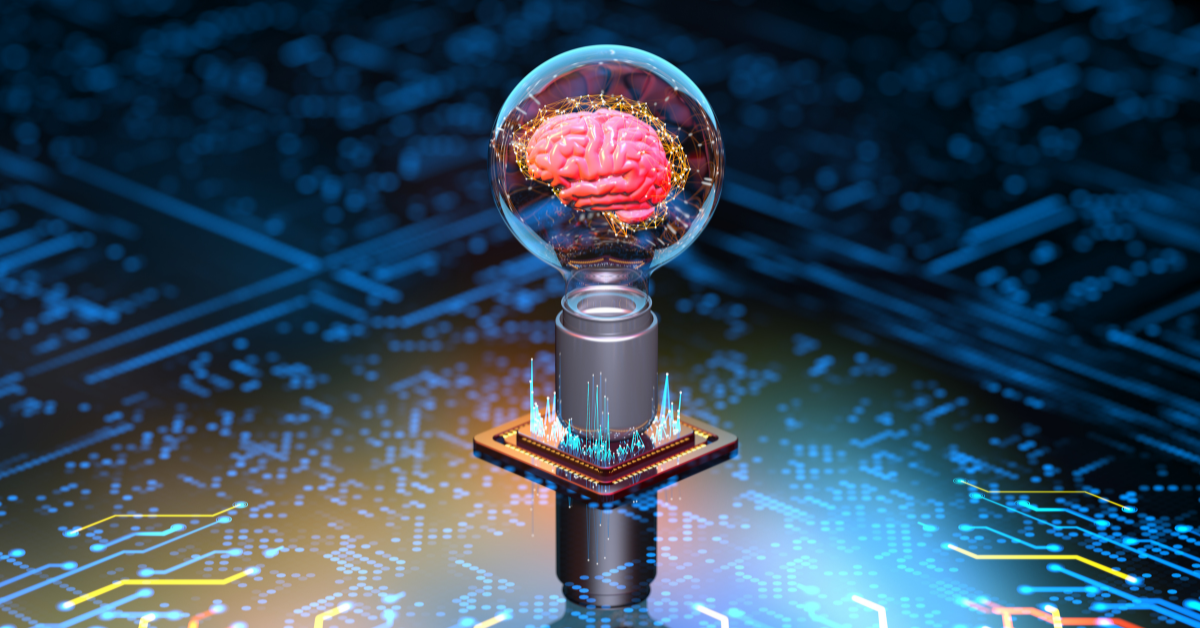Artificial intelligence and quantum computing in cybersecurity
The symbiotic relationship between Artificial Intelligence (AI) and Quantum Computing has ushered in a new era in cybersecurity. This evolution, from fundamental prototypes to sophisticated systems, exemplifies human ingenuity and adaptability. The convergence of these technologies, deeply rooted in history, addresses the pressing need for automated systems capable of detecting, learning, and countering evolving cyber threats.
Turing, Machines, and Theoretical Foundations
The journey begins with Alan Turing, the “father of modern computer science.” His visionary work laid the foundation for theoretical computer science and AI. The Turing Machine, a theoretical construct simulating any algorithm’s logic, became crucial in understanding computational processes. Turing’s exploration into machine intelligence gave birth to the Turing Test, assessing a machine’s ability to exhibit human-like intelligence.
Turing’s legacy extended to World War II, where he played a crucial role in developing the Bombe, decrypting Enigma-encrypted German national socialist messages. This practical intersection of computation and security showcased the early synergy between AI and cybersecurity.
Early Days of Computing

The 1960s and 1970s marked a transformative period as mainframe computers transitioned from academia to integral components in business and government operations. With this rise came the emergence of the first computer viruses, like the “Creeper,” signaling the need for dedicated security measures. The concept of cybersecurity took shape, emphasizing regular data backups and restricted access.
These early threats revealed the continuous cat-and-mouse game defining cybersecurity. Lessons learned during this period laid the foundation for future cybersecurity strategies.
Expert Systems
The 1980s introduced expert systems, designed to emulate human decision-making in various fields, including cybersecurity. Built on knowledge bases and inference engines, expert systems monitored network traffic and user behaviors, relying on known threat patterns. Despite their effectiveness, they revealed limitations in reacting to unknown threats, paving the way for more adaptive solutions.
Machine Learning Evolution
The 2000s and 2010s witnessed the transformative impact of machine learning (ML) on cybersecurity. ML algorithms, adaptable and data-driven, learned from vast datasets to establish baseline behaviors. Natural Language Processing (NLP) broadened the scope, allowing analysis of textual data for threat detection. ML’s predictive analysis shifted cybersecurity from reactive to proactive, identifying trends and anticipating threats.
Challenges like adversarial attacks arose, but the continuous evolution of ML promised to address them, solidifying ML as a cybersecurity cornerstone.
Deep Learning and Neural Networks
Deep learning and neural networks, emerging in the same period, brought sophistication to threat detection. Convolutional Neural Networks (CNNs) excelled in pattern recognition, defending against phishing attacks. Recurrent Neural Networks (RNNs) monitored user behavior, flagging deviations in real-time. Autonomously responding to threats became a transformative advancement, minimizing potential damages.
Challenges like adversarial attacks persisted, but deep learning showcased AI’s capacity to autonomously respond to cyber threats.
Recent Developments in Large Language Models (LLMs)
Large Language Models (LLMs), like ChatGPT, represent the latest AI milestone. With vast parameters, they excel in understanding context and processing human-like text. In cybersecurity, LLMs contribute to threat intelligence, sifting through textual data for patterns and actionable insights. Their interactive capabilities revolutionize cybersecurity training, offering real-time engagement.
However, caution is essential due to LLMs’ potential for generating inaccurate information. Responsible use and verification are paramount.
The Emergence of Quantum Computing
Quantum computing, leveraging quantum mechanics, promises transformative changes. Quantum computers’ parallel processing challenges traditional encryption methods, necessitating quantum-resistant cryptography. While posing challenges, quantum computing offers opportunities to enhance AI-driven cybersecurity. Quantum-powered AI models could revolutionize threat detection and real-time analysis.
The Journey Continues
The integration of AI into cybersecurity augments defense mechanisms but demands a balanced approach. Ethical considerations, regulatory frameworks, and continuous vigilance are crucial. As the digital landscape evolves, a proactive, informed, and strategic approach will leverage AI’s potential while safeguarding against inherent risks.
Conclusion
The evolution of AI and Quantum Computing signifies a paradigm shift in technology. The synergy between these technologies and their integration into cybersecurity reshapes the digital landscape. As we navigate this intricate domain, ethical considerations, regulatory frameworks, and a proactive stance become imperative. The journey continues, promising challenges and opportunities that will define the future of digital security.
Bug bounty programs play a vital role in this evolution, offering incentives for ethical hackers to identify and address vulnerabilities, contributing to a more resilient cybersecurity infrastructure. Learn more.





